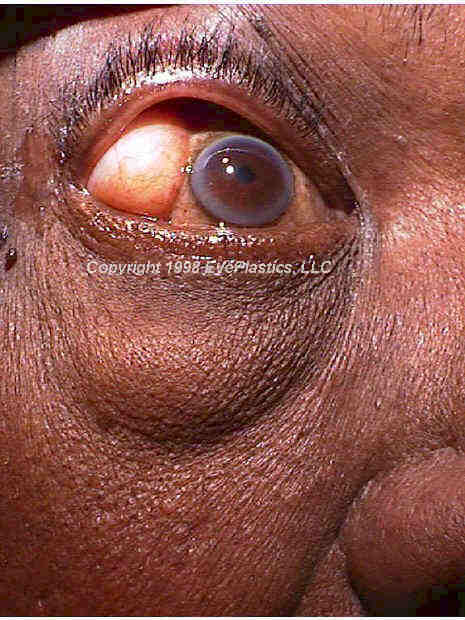- Home
- About
-
Services
-
Anophthalmos
-
Blepharoplasty
-
Blepharospasm
-
Brow Lift
-
Congenital
-
Dry Eye
-
Eyelid Laxity
-
Face
-
Infections
-
Inflammation
-
Lacrimal System
-
Lagophthalmos
-
Latisse
-
Orbital Tumors
-
Anophthalmos
- Forms
- Contact us

